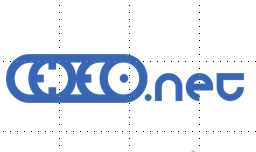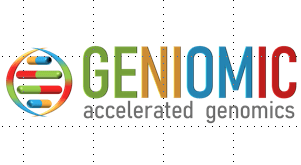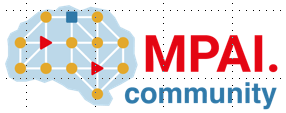The talents, MPEG and the master
Introduction In the parable of the Talents the Gospel tells the story of a master who entrusts 5 talents (a large amount of money at that time) to one servant and 2 talents to another before leaving for a long travel. The first servant works hard and doubles his talents, while the second plays safe and buries the talents. When the master returns, he awards the first servant and punishes the second. Thirty-one years ago, MPEG was given the field…


















